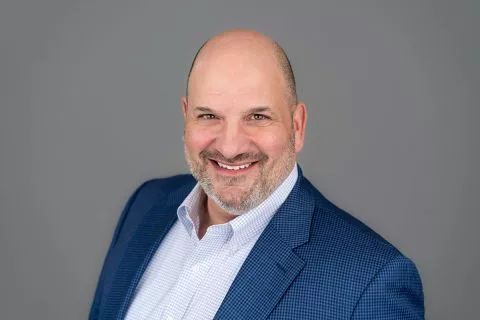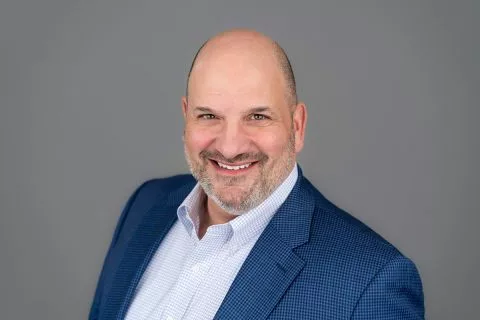The EPA’s Solar for All competition awarded $7 billion through up to 60 grants to states, territories, tribal governments, municipalities, and nonprofits. These awards will bring solar energy ownership and direct electric bill savings to historic numbers of low-income and disadvantaged communities through the 2022 Inflation Reduction Act. Paramount in this funding is the leveraging of private investment to achieve these goals.
Michigan EGLE is now tasked with finalizing and implementing its programs with a focus of maximizing benefits for low-income households and communities. The Michigan Solar for All (MSFA) Coalition, a nonpartisan and nonpolitical coalition, is ready to get to work to bring solar energy ownership and direct electric bill savings to Michigan’s most vulnerable populations.
Community solar projects are not possible without a policy framework to back them up. Michigan does not allow independently owned community solar programs that are subscribed to by community members. These projects would expand solar energy access to individuals who may not have access due to income or the placement of their home. Community solar programs would enable participation in the clean energy future for individuals facing obstacles such as renting without permission from their landlord for rooftop installation or homes shaded by trees, ultimately reducing energy costs.
EGLE, our Legislature, and Governor Whitmer should include community solar in this process by helping to pass community solar legislation that will enable and scale community solar capacity in Michigan. To function, these programs need enabling legislation, access to the utility billing system so community members can receive credits on their bill derived from their subscriptions , and these solar energy systems need to be connected to a utility company’s grid. That cannot be done in Michigan without legislation.
Third-party community solar stands as the key tool that Michigan still needs to implement to offer a more distributed, customer-centric electric grid, bringing financial and economic benefits to the state and bill savings to thousands of residents.
Third-party community solar facilities are the most effective models to deliver the benefits required by the program guidelines. When a third party connects a community solar project to the grid, that company is paying for the interconnection. This means the solar developer may need to pay for upgrades to energy substations or additional power lines, which would benefit other customers on the same energy grid.
It is time to move community solar legislation forward that includes third-party community solar programs. We need to use the EPA grant funding to help more families save money and take control of where their energy comes from. Creating a cleaner, brighter and more sustainable future for Michigan residents must be our priority.




